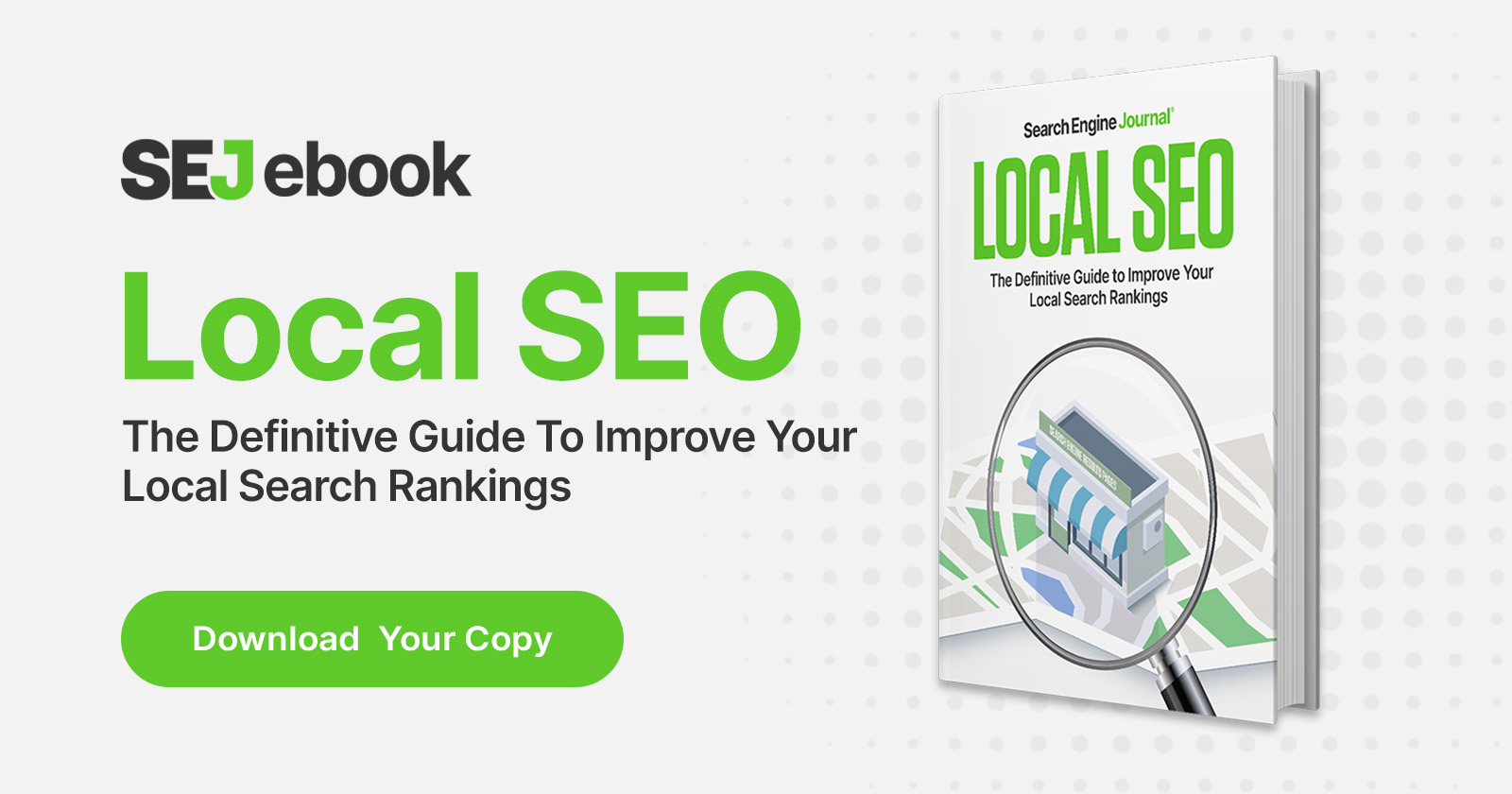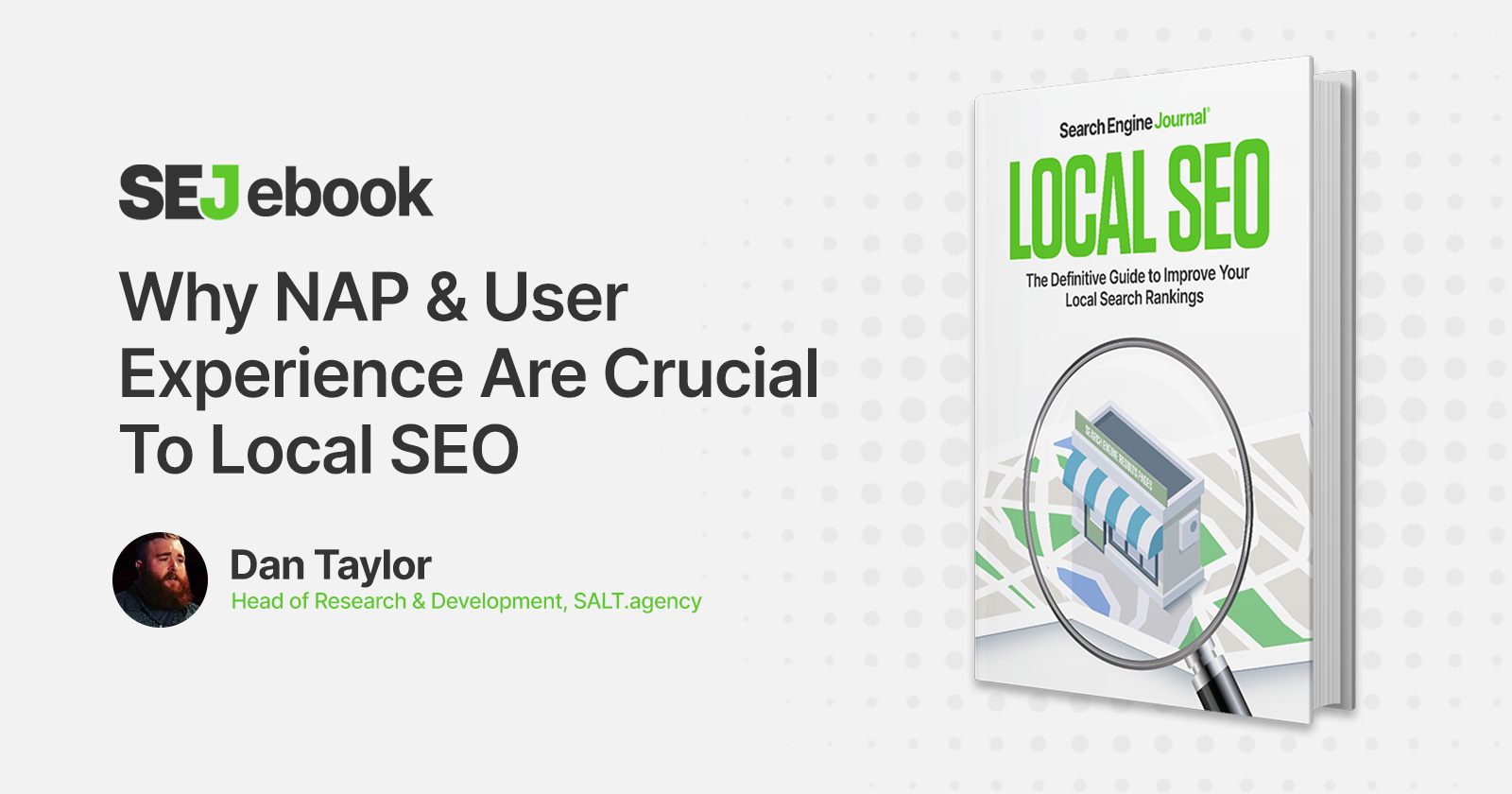NAP consistency is an important part of Google’s local search and Local Pack algorithms, which means that building citations with a consistent NAP on your Google Business Profile listing and other online directories and sites can influence your local rankings.
However, having a consistent NAP is also important to the user journey, as online directories and social bookmarking sites aren’t just used by Google – they’re used by humans, too.
Maintaining a high level of consistency and accuracy reduces the risk of mistakes being made by search engines mechanically processing the data.
It also reduces the risk of user friction should a potential customer trying to contact your business come across an incorrect phone number, store hours, or email address.
And, if Google comes across five different versions of your store hours, which one are they to believe?
Conflicting information can erode Google’s trust in your location’s data, which doesn’t equate to your listing being considered the best result for a relevant query.
Keeping track of where key business information is listed and how accurate it is can be a difficult job even for a single location.
When you’re managing multiple locations with multiple addresses and phone numbers, even with the use of enterprise software, it becomes increasingly complex.
This job is also changing, now that Google wants business owners to manage their Google Business Profile (GBP) from the Google Maps interface and larger multi-location businesses from the Business Profile Manager.
When The User Journey Starts
Many people consider the user journey and brand experience to start when the user makes the first inquiry by phone or email, or spends significant time on a company’s website.
However, the journey begins a lot sooner.
Google data shows that there are five touchpoints that, more often than not, lead to a purchase/affirmative site action:
- Used a search engine.
- Visited a store or other location.
- Visited a retailer website or app.
- Visited another website or app.
- Used a map.
The user journey starts when they first see your brand either in search results listing, in the Local Pack, on a map, or at your physical brick-and-mortar store.
This is where the consistent NAP becomes important because users need consistent information in order to progress in their journey.
Often, we assume that users find our local businesses and brands through our websites, our guest posts and outreach, and our Google Business Profile listings.
Users, however, find our brand through a variety of online portals, including the directories where we build our citations and listings.
Influencing The User Journey At A Search Stage
When users are performing their first searches, this is your first opportunity to make an impression and be a part of the user journey.
If you appear prominently in the Local Pack or within the SERPs, you want your users to click through to content that both provides value and satisfies their user intent.
Lazy Local Pages Help Nobody
In many cases, when a website “localizes,” it means the generation of local content and local pages.
These are executed with varying degrees of effort, care, and detail, but ultimately lazy local pages help no one.
A lazy local page is a doorway page; a thin page that offers little value to the user and is there for the sole purpose of trying to rank for local search terms.
Google doesn’t like doorway pages (due to them offering poor user experience) and rolled out a doorway page “ranking adjustment” algorithm in 2015.
The Possum update in 2016 also went some way to tackle poor quality and spam, but this is a tactic that has persisted. In many verticals, they are still effective (until something better comes along).
Google’s official support documentation defines doorways as:
“Sites or pages created to rank highly for specific search queries. They are bad for users because they can lead to multiple similar pages in user search results, where each result ends up taking the user to essentially the same destination. They can also lead users to intermediate pages that are not as useful as the final destination.”
Even if you rewrite all the content on these pages making sure they’re not duplicate but they all carry the exact same message with a different city targeted, they offer no value at all.
This is niche-dependent, however, and in some smaller niches, Google may still rank doorway pages through lack of competition and other viable options.
This boils down to two concepts that Google uses within its Quality Rater Guidelines document: the “beneficial purpose of the page” and whether the page is a “good fit for the query.”
Even if the business doesn’t meet the physical local aspects of the query but is providing content that suggests it does cover the physical location and provides value (and a positive reputation value proposition) to users looking for X in Y, when Google is void of other options that meet the physical location preferences, then Google will rank the content.
Creating Good Local Value Pages
Admittedly, it’s a lot easier for companies with physical brick-and-mortar stores in the locations they want to target to create local pages with high value.
But this doesn’t mean that it can’t be done for companies offering an intangible product or service with a local focus.
Google’s Search Quality Rater Guidelines define content in two parts:
- The main content.
- The supporting content.
This is the way you should look at local search.
When someone in London searches for [plumbers in london], Google has to break down the query into both main and supporting sections, as well as look for intent.
It can do this through the capabilities achieved in the Hummingbird and RankBrain updates.
With [plumbers] as the main part of the query, and from reviewing the search results page of [plumbers], Google sees a single dominant interpretation of the query, and that is someone looking for a plumber (service), and returns a combination of local business websites, aggregators, the Map Pack (local to my IP), and Google’s Local Services carousel.
[in london] is then the modifier.
It’s a secondary signal to reinforce to Google the accuracy of results wanted.
Adding this modifier for me (using [plumbers in horsforth]), Google has given more weighting to aggregators listing multiple plumbing companies in the area and seemingly de-weighted individual company sites.
This makes sense from a user perspective as it’s giving me easier access to multiple options from a single click versus multiple clicks.
The main content of your website should reflect the product/services that you offer, with supporting content elements adding value and topical relevance around the location.
This can be implemented in a non-commercial way through the blog, as guides, or as additional resources.
NAP Consistency
As mentioned before, NAP consistency is important as the directory listings, and citations we build aren’t just used by search engines. Potential customers find these details, too.
An inconsistent or inaccurate NAP can lead to frustrated users and potentially lost leads.
Common Reasons For Inconsistent NAP
From experience, inconsistent NAP can be caused by a number of human errors and business changes, including:
- Changing the business address and not updating previously built citations, directory listings, etc.
- Having a different store address to the company registered address and using both online.
- Generating different phone numbers for attribution tracking purposes.
Not only can all of the above cause issues for your local SEO, but they can also cause a number of user experience issues – and poor user experience leads to loss of sales and damage to your brand.
User experience extends beyond the Local Pack and SERPs to your website, how the local journey is managed, and whether it can satisfy all local intents.
Being able to track and accurately report on the success of marketing activities is vital.
However, there is a case for “over reporting” and “over attribution” in some cases, especially when it comes to local SEO.
Google Local Pack: User Experience & Attribution
Google’s Local Pack runs on a different algorithm to the traditional organic search results and is heavily influenced by user location when making the search.
Google Business Profile has an attribution problem, and more often than not a lot of clicks from GMB listings are classified as direct traffic rather than organic traffic in Google Analytics.
The way around this is to use a parameter:
?utm_source=GMBlisting&utm_medium=organic
The parameter won’t cause NAP/citation consistency issues, so there is nothing to worry about there.
Having a consistent NAP means you’re more likely to appear within the Local Pack, and if you’re in the Local Pack studies have shown that you’re likely to get a high percentage of clicks on the results page.
If you’re likely to get a lot of clicks, it means you’re going to have a lot of users expecting fast loading pages and prominent information to satisfy their search intents.
Directory Attribution
This is a more common problem that I’ve come across working agency side, as well as one I’ve been asked to implement while working client-side.
To track marketing efforts, I’ve known organizations to generate unique phone numbers for every directory where they submit the business.
- The pros: You can fairly accurately gauge an ROI on your marketing efforts.
- The cons: You end up with a lot of published citations with an inconsistent NAP.
Also, a lot of directories like to generate Google Business Profile listings based off of the data you input, as a sort of “added service.”
This leads to multiple Google Business Profile listings being generated for individual locations, with different phone numbers and sometimes different map pin locations.
This is bad for user experience, as they’re faced with multiple choices for one location with only one being correct.
This is manageable by declaring that the false listings are duplicates of another and requested that Google merges them. See ‘How to Delete or Merge Duplicate Google Business Profile Listings’ to learn more.
Featured Image: Paulo Bobita/Search Engine Journal

